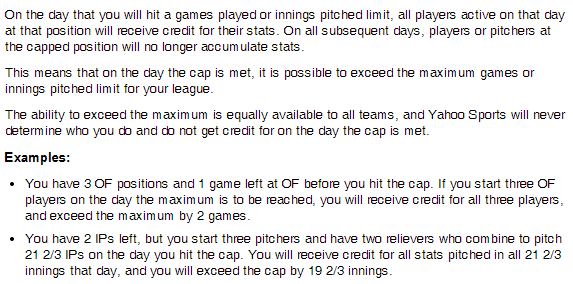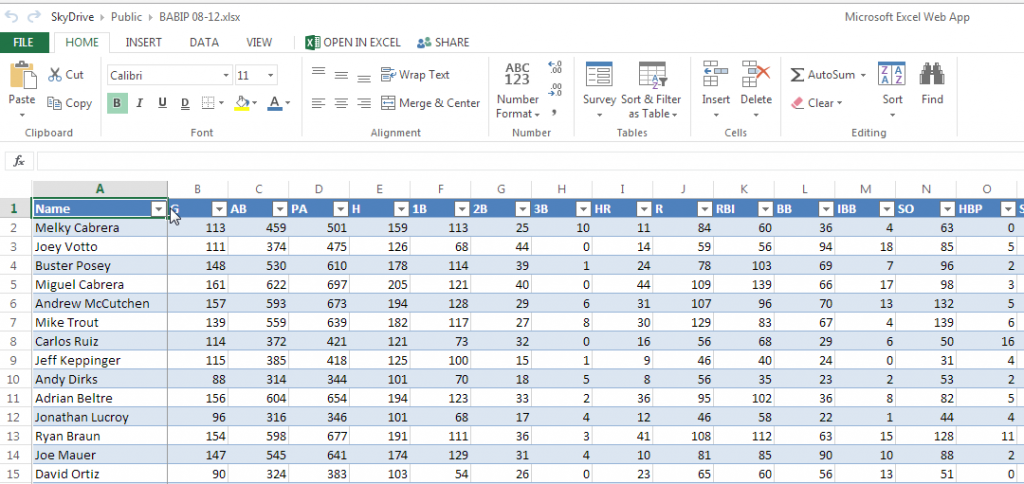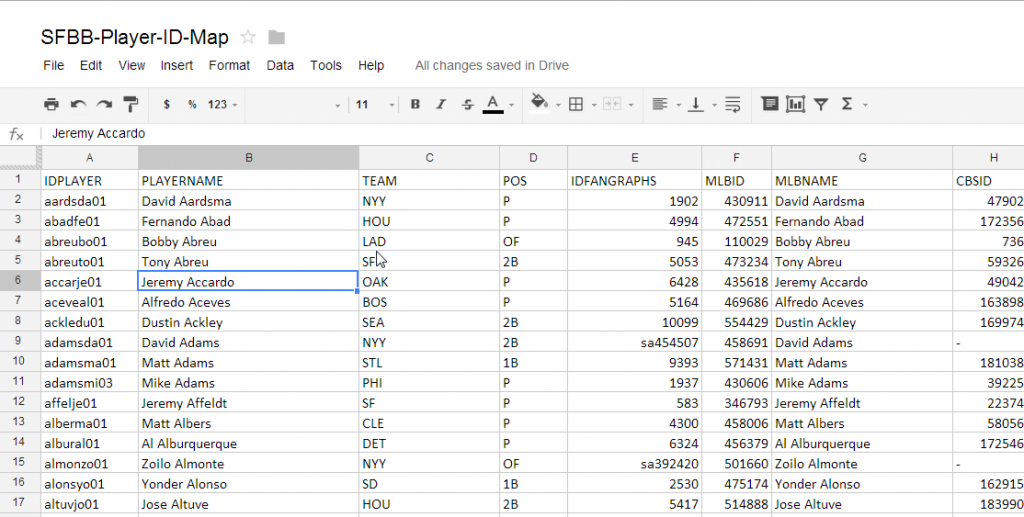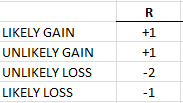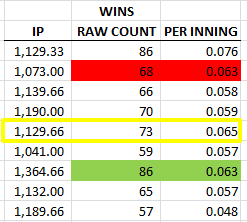A common piece of preseason draft preparation advice is to know your league’s rules, to make sure you’re properly valuing players. There are also some very important rules to keep in mind for the end of the season. Rules a lot of fantasy managers aren’t aware of. Rules that will allow you a competitive advantage if you know them and how to apply them to your benefit.
If you play in a rotisserie league on any of the major fantasy baseball providers (Yahoo!, ESPN, CBS), your league likely has some form of an innings pitched limit. Understanding how this limit is applied can allow you to gain an edge in the starting pitcher counting categories of wins and strikeouts.
The Rule
For each of these major websites, the innings pitched limit is applied at the end of the day on which you surpass the limit. This means that you can actually surpass the limit established in your league rules by loading up on starting pitchers the day you expect to reach the threshold.
An Example
Assume your league has a 1,500 innings pitched limit. During the final week of the season you sit at 1,490 innings pitched. You then drop any pitcher not starting the next day and pick up a streaming option that does pitch. You do this with all seven pitching spots in your line up. The next day your seven starters pitch a combined 45 innings, strike out 38 batters, and earn four wins.
In this example, this strategy allows you to exceed the innings pitched limit by 35 innings, accumulating 25+ extra strikeouts and a few extra wins. Depending on the standings in your league, this can most certainly allow you to gain a few additional points in the standings… And maybe even win your league.
Applying This In Practice
This will be much easier to implement in daily transaction leagues where you can drop all your players on a given day and pick up tomorrow’s scheduled starters. But you could conceivably do this in weekly lineup leagues if you plan far enough ahead.
Additionally, it only will make sense in certain scenarios. Review your league standings to determine if you have points to gain in wins and strikeouts. Weigh these potential points against any possible lost points if you suffer a bad ratio day (ERA, WHIP).
Thankfully it is much more difficult to move ratios significantly this late in the season. In fact, if you have enough cushion in ERA and WHIP, consider only picking up strike out specialists, regardless of their ratios.
You need to carefully approach the innings limit first. Be cautious not to accidentally go over before you can take full advantage of this. I would recommend trying to get within 10 IP of the full limit. Getting any closer could be dangerous.
Avoid a Backfire
Perform this strategy as close to the end of the season as possible. Many managers won’t be aware of this rule and doing it too early will allow others to recognize what you are doing and open you up to a similar response, wiping out the advantage you created. Further, you may be dropping some very good pitchers in order to pick up streaming candidates. Trying this before the last several days of the season will allow opponents to pick up these very good players and potentially use them.
Don’t Believe Me?
Check out the rules web pages for your league host below.
Yahoo!
ESPN
Note that ESPN has a games started limit, not an innings pitched limit. But the same principles apply.
CBS
Conclusion
This is an easy tactic to employ and you’re leaving points on the table if you don’t try it. Granted, it doesn’t make sense if you stand to lose points in ratios or if you face keeper-league ramifications. But if you could use an extra 20 strikeouts and a couple wins, you can’t go wrong.
Make smart choices.
Are you following me on Twitter? Follow @smartfantasybb
